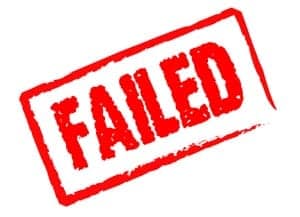
How to Handle Drawdowns
This stock trading question in regards to how to handle drawdowns comes from Ben B. whose #1 challenge is…
“Working with a system where the drawdown is so big that I can’t sleep at night?”
A great question. Let’s start by defining drawdown. Drawdown means the largest equity decline your strategy will theoretically have in its life time. If you’re a buy and hold investor, then in theory you should expect another GFC or 1987 event whereby the value of the portfolio will drop by 50%. If you can’t stomach that, then buy and hold is not for you.
All strategies have drawdowns, and regardless of wanted return it’s important to find a strategy that has a drawdown that you can emotionally deal with. Whilst individual levels are personal, our experience suggests that most retail traders can cope with drawdowns to a maximum of 20%, which is the basis of many of our strategies.
So what if you see a strategy that really appeals but the drawdown is beyond your own threshold? Here’s the answer.
Assume you have $100,000 to invest in this particular strategy. The expected drawdown is 25% but you feel you can only handle 15%. Rather than attempt to avoid the drawdown (which is what most amateurs do) or tinker with the system, instead simply adjust the allocation so that when the expected drawdown does comes along, the impact on the full portfolio is within your tolerance.
To do this, simply divide your wanted level (15%) into the expected level (25%) and allocate that percentage to the strategy instead of the full $100,000. Therefore,
(15 / 25) * $100,000 = $60,000
So now you follow the strategy exactly as designed with the $60,000 and allocate the balance to cash. You can re-balance as time goes on if/when your tolerance to drawdown increases.


